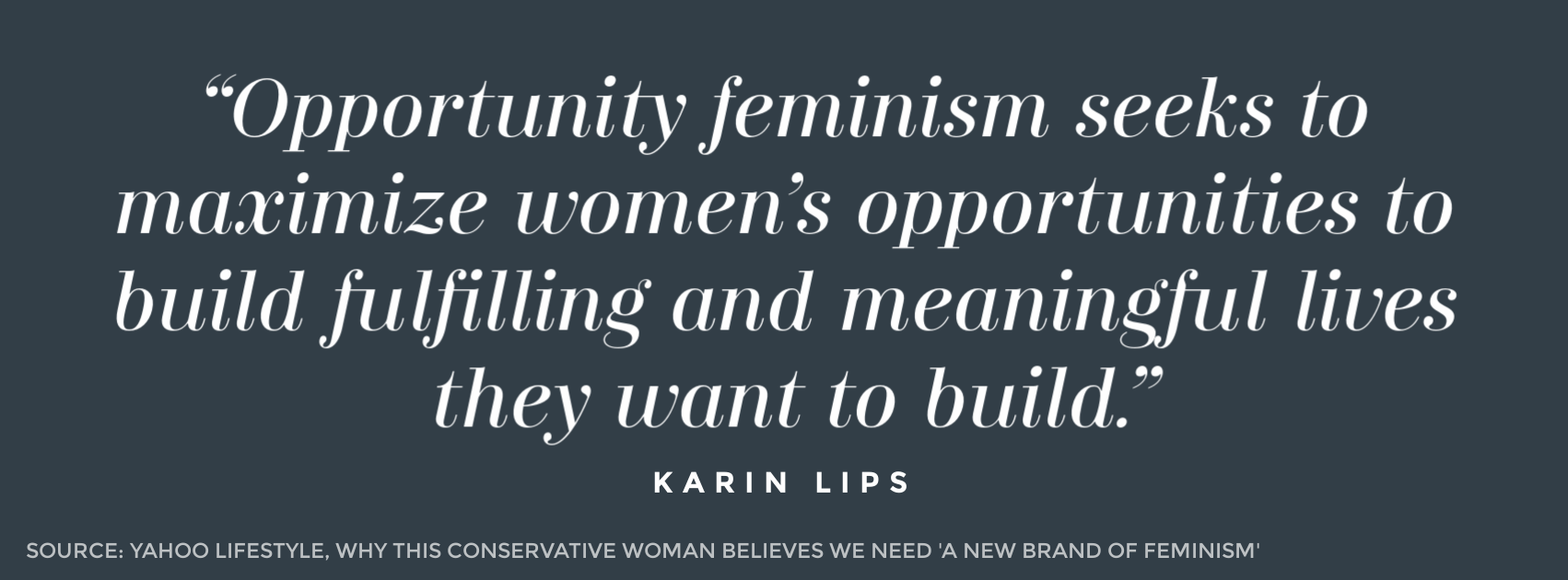Why To Read Beyond The Headlines On Equal Pay And The White House
This article originally appeared in Forbes.
Breaking news from CNN: White House women earn less than their male coworkers. The news, to many, lends more evidence to the theory of the gender wage gap—that women face widespread discrimination in the workplace and get paid less just because they are women. As usual with the equal pay issue, the headline presents a much starker picture for women than is actually the case.
According to the article headlined, “White House pays women 80 cents for every dollar paid to men,” CNN found that, “[w]omen working in the White House earn an average salary of 80 cents for every dollar paid to their male colleagues.” While the average salary among men is about $104,000, the average salary among women is only approximately $83,000.
With a quick read, it would be easy to miss the word “average,” but this is important.
The article refers to the Bureau of Labor Statistics 82 cents statistic, which measures the median earnings of women and men who are full-time wage and salary workers. Like the average comparison in the CNN analysis, this number does not compare people in the same job. Also, it does not take into account different decisions, such as hours worked, years of experience or education.
The article continues, “The disparity is primarily due to more women filling lower-ranking jobs. Half the men working at the White House make $95,000 or more annually, while half the women $70,100 or less.” This is the key. As is often the case in discussions of equal pay, the analysis isn’t comparing a man and a woman in the same job.
Under President Barack Obama, similar articles were written. In 2014, the Washington Post reported the following:
The average male White House employee currently earns about $88,600, while the average female White House employee earns about $78,400, according to White House data released Tuesday. That is a gap of 13 percent.
It is unfortunate to see headlines that reinforce a misleading view about women and the workplace. Readers would be wise to look beyond the headline and learn what is actually being compared when they encounter statistics about equal pay.



